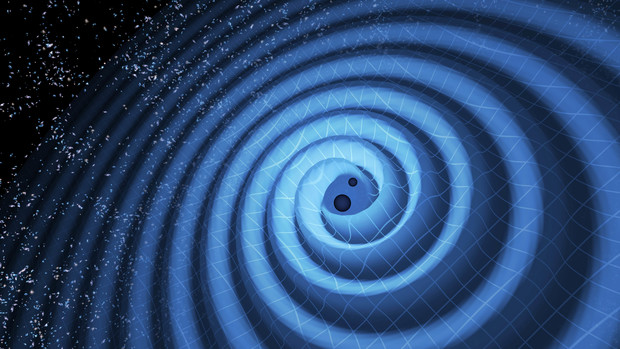The Instituto Galego de Física de Altas Enerxías (IGFAE) of the University of Santiago de Compostela (Spain) has recently joined the LIGO Scientific Collaboration (LSC), a group of about 1000 scientists from 18 countries focused on gravitational wave (GW) science. Gravitational waves are ripples or oscillations in space-time predicted by Einstein more than 100 years ago and observed for the first time by the LIGO detectors in September 2015. These first GW detections have been recognized by, among others, the 2016 Special Breakthrough Prize in Fundamental Physics for the LSC and Virgo collaborations – including two current IGFAE members – and the 2017 Nobel Prize in Physics for three pioneering LIGO scientists. The principal goals of the LSC are detecting GW signals, using them to explore the fundamental physics of gravity, and developing the emerging field of gravitational wave science as a tool of astronomical discovery. LSC works with the LIGO Laboratory to operate the twin Advanced LIGO detectors in the USA as part of a global network including the Virgo detector in Italy and the KAGRA underground detector under construction in Japan.
After being awarded with a Maria de Maeztu Unit of Excellence by the Spanish Ministry, researchers at IGFAE identified GW science as a research line with particularly high potential impact, particularly in connection with Multi-Messenger Astrophysics. This is a branch of astrophysics that aims at exploiting the detection of different types of signals (photons, GW, cosmic-rays, neutrinos, …) to enhance and complement the information from astrophysical sources. The new line of research opened at IGFAE also has synergies with the current activities of the Institute, in particular with the strong theoretical involvement in many aspects of gravity, the use of GWs as probes of ultra-dense nuclear matter in neutron stars, as well as with experimental activities in the framework of the Pierre Auger Observatory, the largest and most accurate ultra-high-energy cosmic-ray detector in the world.
To develop this new research line the IGFAE hired a senior LIGO research scientist, Thomas Dent, with expertise in data analysis, particularly in searches for GW from mergers of compact binary objects such as black-hole and neutron-star binaries, the only two types of GW sources so far observed by the LIGO-Virgo network. The GW group at IGFAE is currently constituted of three senior members and one postdoctoral fellow, with at least one PhD student expected to join the group.
This new way to observe the universe is an exciting chapter in astrophysics, and IGFAE is happy to be part of an endeavour to reveal some of the remaining mysteries about the Universe.
More information on LIGO and IGFAE:
https://igfae.usc.es/igfae/
